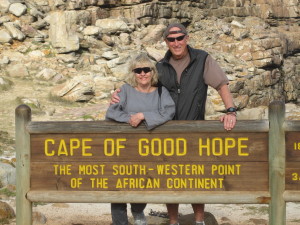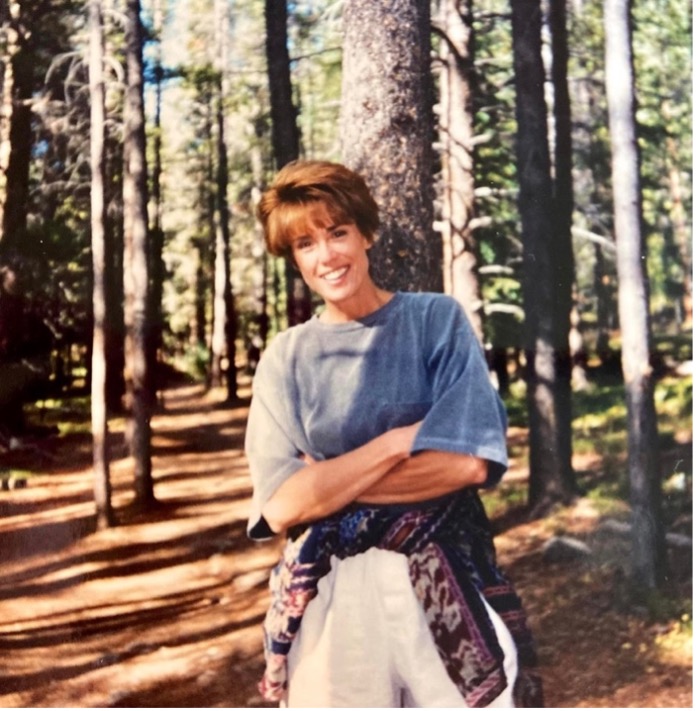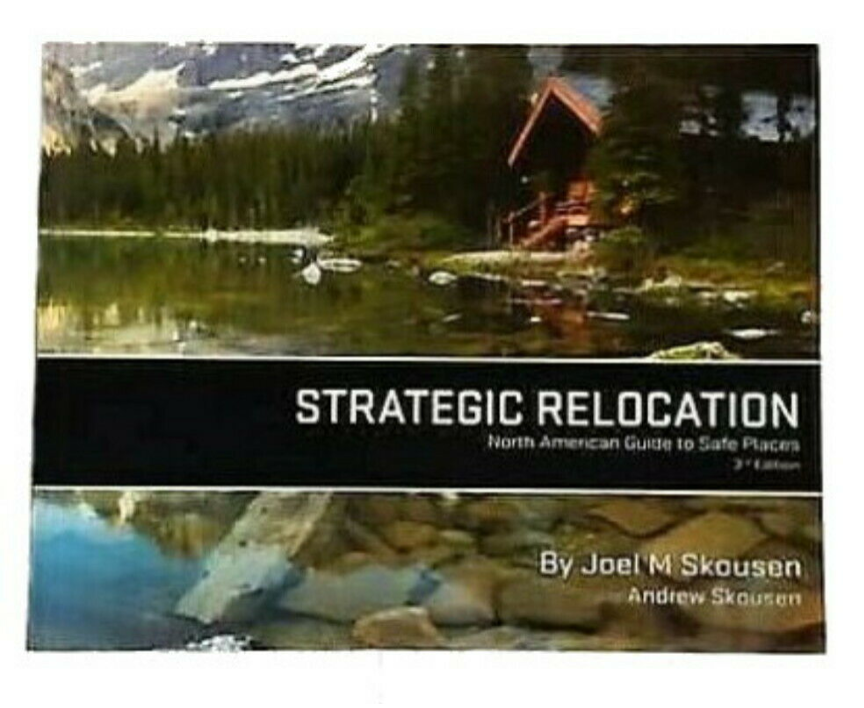In the 1960’s and ‘70s I spent some time in Beirut. It was the financial center of the Middle East. The French were there. The Brits were there. The Americans were there. And the sheiks of the Middle East used it as an escape from the rigid rules of their own kingdoms.
Beirut was mostly about oil. There was none there, but it was where it was traded and where the revenue was exchanged for goods and services. One company dominated the Middle East in those days – Aramco – the Arabian American Oil Company. It operated exclusively in Saudi Arabia, and Aramco compounds, the small cities where the employees lived, were modern, complete, walled, and self sustaining cities within the boundaries of Saudia. Nice houses and apartments, supermarkets, swimming pools, movie theaters, and clubs. You could live in an Aramco compound for years and never see how ordinary Saudi citizens lived.
I was reminded of the Aramco compounds this week. My personal Saigon is the downtown core, Districts 1 and 3, where I work, eat, drink coffee, and workout, but the city is much bigger than these two neighborhoods. Most of my needs are met here, but not all foreigners – expats – feel that way. There are two other districts, 2 and 7, where the majority of the expats have chosen to live. On Friday I went to visit a new acquaintance, a German architect who has been working in Saigon for 10 years. Axel Korn, lives and works in District 7. He lived in District 1 for a couple of years, but moved to 7 because that’s where his office and most of his work is located.
You have to cross the river from downtown to get to District 7 and then drive through an area of rundown tin-roofed structures and plant nurseries. All over Saigon businesses selling the same products group together, but seeing the nurseries could have been a clue about what was to come. Just beyond the nurseries you start to see the high rises of District 7. Drive 5 minutes further and you think you might be in Florida. Palm trees line wide boulevards. A promenade winds along the river. Shopping malls, supermarkets, KFC, they’re all there along with the international schools, there must be 10 of them, where the expats send their kids. If I had school age kids I would probably live in District 7 too, but only for the proximity to the schools. It’s not Saigon. We toured one of Axel’s multi-use building complexes. It’s gorgeous with retail on the first two levels, apartments, gyms, three swimming pools and a rooftop terrace with a garden view of the city. But it’s not Saigon to me.
On Saturday I visited the other expat area, An Phu, in District 2. My destination was a travel writing workshop, and the venue was a riverside café in the BP compound (British Petroleum – there’s the oil connection again). The compound is lovely. It’s walled and gated with tree lined streets and speed bumps. The houses are hidden behind other walls and the gates have signs that say Beware of Dog or No Solicitors. The Boathouse Café is modern, upscale and open to the view and river breezes. There are outside tables under the trees and you can watch the freighter traffic on its way to the Port of Saigon. It’s a great setting. I had a seared tuna salad with arugula and cherry tomatoes that was delicious. An Phu is not a small Florida city like District 7, but neither An Phu nor District 7 is Saigon for me. There are many sides to the city and they all make it what it is. I still choose the smells, sights, and sounds of the downtown core and Cholon in District 5. They are the real Saigon to me. I’m a newcomer though and I might change my mind.































